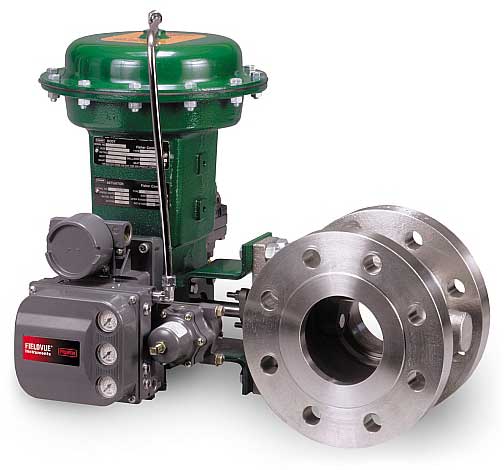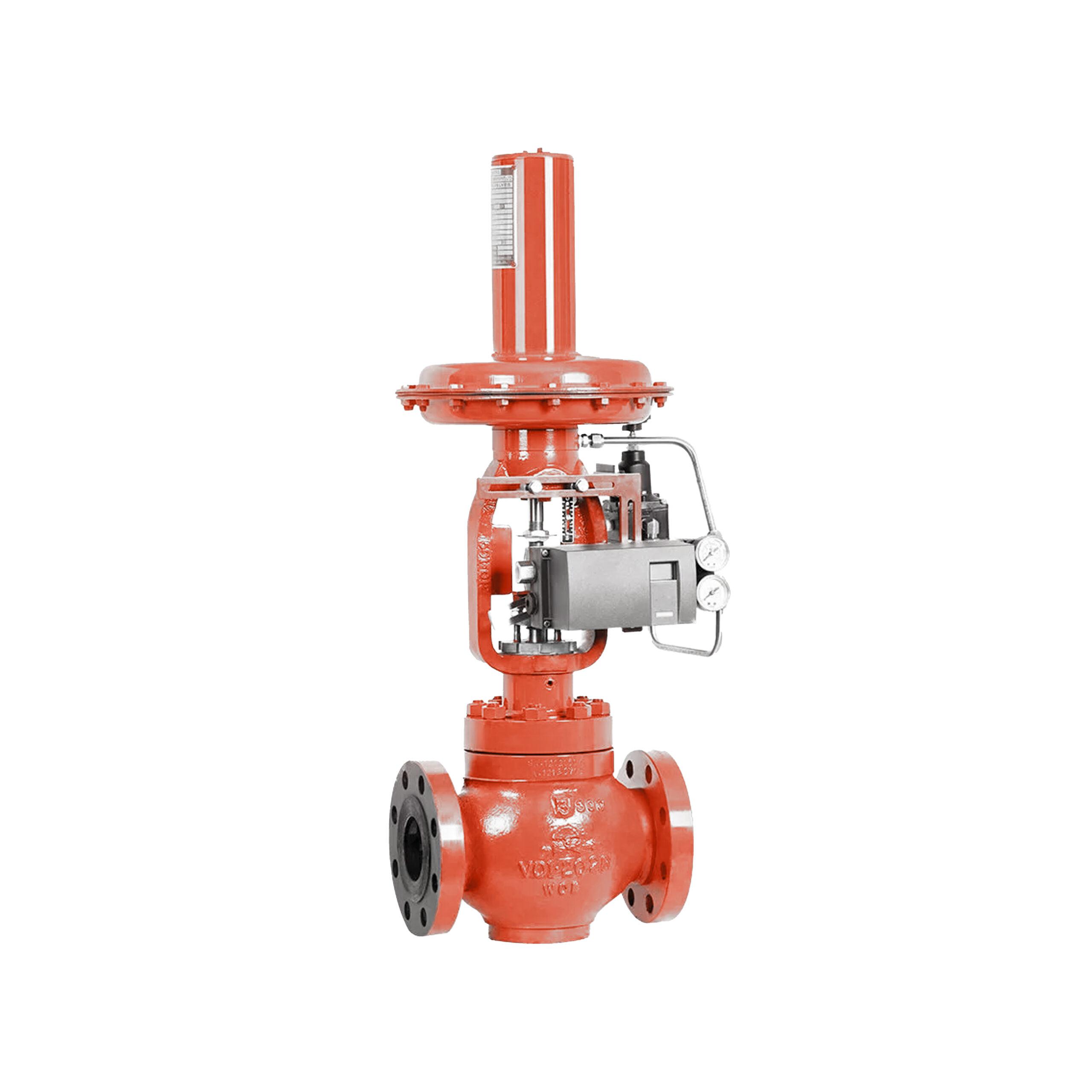How Control Valves Influence Energy Performance in Industrial Settings
How Control Valves Influence Energy Performance in Industrial Settings
Blog Article

Maximize Power Cost Savings and Comfort With Advanced Building Automation Controls
In the realm of contemporary architecture and facility management, the assimilation of sophisticated building automation controls stands as a crucial development. The merging of modern technology and sustainability has actually birthed a new age where power effectiveness, comfort optimization, and functional streamlining are no much longer attainable facts however far-off desires. By utilizing the power of automation, buildings can adjust, react, and progress in means that were when unthinkable. The capacity for substantial energy savings and enhanced comfort is not just a pledge but a possibility waiting to be satisfied. This paradigm change in building administration holds the vital to unlocking a world where environmental conscientiousness and passenger wellness harmoniously exist side-by-side within the walls of our frameworks.
Power Effectiveness Conveniences
Energy efficiency advantages can significantly lower power intake and functional expenses in buildings. By implementing energy-efficient techniques and modern technologies, building owners and drivers can attain substantial cost savings while also adding to ecological sustainability. One of the main benefits of improving power efficiency in buildings is the decrease of utility costs. Energy-efficient systems, such as advanced structure automation controls, can optimize using sources like lights, cooling, and home heating, resulting in lower power costs in time.
In addition, improved power performance can lengthen the life expectancy of structure devices and systems. By operating more efficiently, HVAC systems, light, and various other building components experience much less damage, causing decreased upkeep and substitute prices. Additionally, energy-efficient structures frequently regulate greater residential property worths and rental rates, supplying long-term financial benefits to owners.
Furthermore, power effectiveness can enhance owner convenience and efficiency. Properly controlled interior atmospheres with ideal illumination and thermal problems produce a more helpful and positive office, leading to enhanced worker complete satisfaction and performance. Overall, the energy efficiency advantages linked with innovative structure automation controls are diverse, including cost financial savings, environmental stewardship, and resident well-being.
Improved Comfort Control
Enhancing comfort control in structure environments calls for an advanced integration of sophisticated automation systems for optimum occupant wellness. By making use of advanced building automation controls, centers can tailor the indoor atmosphere to fulfill the specific demands and preferences of owners. These systems enable exact policy of lighting, temperature, and ventilation, creating a comfortable and productive environment. Occupant fulfillment and performance are carefully connected to thermal comfort, making it important to have systems in position that can adjust to altering conditions in real-time.
Improved comfort control surpasses standard temperature level adjustments. It consists of functions such as personalized settings, occupancy sensing units, and natural light application to produce a receptive and vibrant atmosphere. By including these sophisticated controls, structures can not just improve comfort however additionally enhance energy performance by optimizing system procedures based on real occupancy and usage patterns. Inevitably, prioritizing owner convenience through sophisticated automation systems leads to a much more satisfying and much healthier indoor setting.
Operational Efficiency Improvements

Moreover, the execution of real-time surveillance and analytics tools enables building drivers to determine energy inefficiencies and operational anomalies without delay. By continually keeping track of power usage patterns and system performance metrics, adjustments can be made in real-time to maximize power consumption and make certain peak functional efficiency. control valves. Additionally, incorporating need action approaches right into building automation controls can additionally improve operational performance by dynamically readjusting energy use based on grid conditions and pricing signals
Indoor Environment Optimization
Effective interior environment optimization is an essential element of building automation controls, making certain occupants' comfort and wellness while making the most of energy cost savings. By using innovative sensors and controls, developing automation systems can continuously readjust and check temperature, humidity levels, air high quality, and ventilation to develop an optimal indoor setting. Keeping comfy and regular conditions not just boosts resident contentment however likewise increases productivity and general wellness.
Interior environment optimization also plays an essential duty in energy effectiveness. By fine-tuning air conditioning, home heating, and ventilation systems based on real-time data and occupancy patterns, building automation controls can dramatically decrease energy intake - control valves. Carrying out strategies such as demand-controlled ventilation and thermal zoning can assist minimize energy waste while ensuring that each location of the building obtains the necessary conditioning.

Lasting Setting Production
Structure automation regulates not only optimize indoor environment conditions for energy efficiency and click to find out more resident comfort yet also lay the structure for producing a sustainable setting through strategic administration of sources and systems. By incorporating innovative building automation innovations, such as sensing units, actuators, and intelligent software, facilities can keep an eye on and readjust energy use in real-time to reduce waste and reduce their carbon impact. These systems make it possible for predictive maintenance, determining potential problems before they rise and enhancing equipment performance to improve longevity and effectiveness.
Moreover, lasting setting creation prolongs past power monitoring to incorporate water preservation, waste decrease, and indoor air quality improvement. Building automation controls can regulate water use, the original source find leaks, and guarantee correct waste disposal practices, contributing to overall sustainability initiatives. In addition, by monitoring and managing ventilation and purification systems, these innovations enhance resident health and performance while decreasing energy usage connected with HVAC operations.
Verdict
In conclusion, progressed building automation regulates offer substantial benefits in regards to energy savings, comfort control, operational effectiveness, interior climate optimization, and creating a lasting setting. By executing these controls, buildings can attain ideal efficiency while decreasing energy usage and boosting owner comfort. It is evident that the usage of innovative automation technology is crucial in boosting structure performance and creating a much more lasting future.
Power effectiveness advantages can substantially reduce energy consumption and operational costs in buildings. In general, the power efficiency advantages associated with sophisticated structure automation controls are complex, encompassing price savings, ecological stewardship, and owner health.
Furthermore, including need feedback strategies right into structure automation controls can better boost functional efficiency by dynamically readjusting power usage based on grid conditions and rates signals.
Building automation controls not just enhance indoor climate conditions for energy effectiveness and passenger comfort but likewise lay the foundation for creating a lasting environment with calculated monitoring of sources and systems.In final her explanation thought, progressed building automation manages offer substantial benefits in terms of energy financial savings, comfort control, functional efficiency, interior climate optimization, and developing a sustainable atmosphere.
Report this page